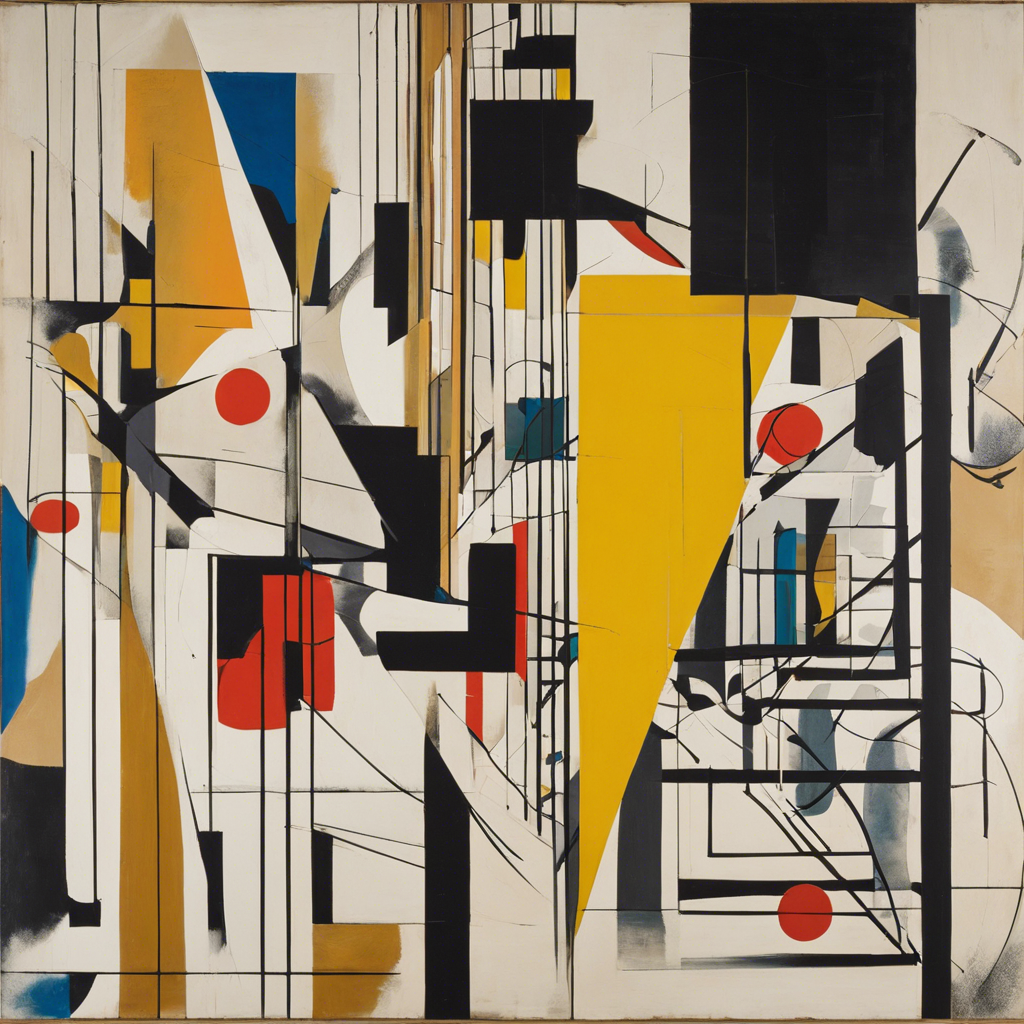**Beyond the Frame: Unraveling the Intriguing World of Modern Art**
In a world where art is ever-evolving, with new movements and trends constantly emerging, understanding modern art can be a captivating journey. It invites us to explore the depths of human creativity and the diverse ways artists express their unique perspectives. From abstract expressions to thought-provoking installations, modern art challenges our perceptions and encourages us to think beyond the confines of traditional art forms.
The essence of modern art lies in its ability to transcend the boundaries set by conventional artistic norms. Artists embrace experimentation, utilizing diverse media and unconventional techniques to convey their messages. This departure from the classical and the familiar can sometimes make modern art seem inaccessible or enigmatic to viewers. However, by delving into the underlying themes and contextualizing the works within their cultural and historical backdrop, we can begin to decipher their unique language.
One of the defining characteristics of modern art is its intense focus on the individual artist’s vision and the exploration of their inner world. Artists often draw from their personal experiences, emotions, and psychological landscapes to create works that are deeply intimate and reflective. This inward journey results in art that is not merely an aesthetic pursuit but rather a means of self-discovery and a channel for exploring the human condition.
Abstract expressionism, with its evocative brushstrokes and vibrant color palettes, is a prime example of this introspective nature of modern art. Artists like Jackson Pollock, who revolutionized the art world with his iconic drip paintings, demonstrated how abstract forms can convey powerful emotions and offer a glimpse into the artist’s subconscious.
Another fascinating aspect of modern art is its engagement with social and political issues. Many artists use their creative voices to address societal injustices, challenge power structures, and spark conversations around contemporary concerns. This socially engaged art takes on various forms, from provocative performance art to thought-provoking installations, encouraging viewers to question, reflect, and engage in meaningful dialogue.
The evolution of sculpture is another significant aspect of modern art. Sculptural works have broken free from the constraints of traditional materials and static forms. Artists incorporate found objects, experiment with unconventional materials, and play with scale to challenge our perceptions of space and form.
Moreover, the advent of new media and technological advancements has expanded the scope of modern art. Video art, digital installations, and interactive media have become prevalent, offering immersive experiences that engage viewers in unprecedented ways.
In understanding modern art, it is essential to recognize that it is not just about the artwork itself but also the context in which it is presented. The role of the gallery or museum space has evolved, with curatorial choices and exhibition designs becoming integral to the overall artistic experience.
Appreciating modern art requires an open mind and a willingness to explore beyond the confines of what is familiar. It invites us to embrace the unknown, to question, and to seek deeper meanings. By delving into the diverse realms of modern artistic expression, we embark on a journey of discovery, enriching our understanding of the world and the creative spirit that resides within us all.
When encountering a modern artwork, one can employ various interpretive strategies. Firstly, it is beneficial to consider the formal elements such as color, line, shape, and composition. These fundamental aspects guide the viewer’s eye and convey a particular mood or sentiment. Secondly, the contextual background of the artwork, including the artist’s biography, historical context, and cultural influences, can provide valuable insights into its meaning.
Additionally, symbolic and metaphorical interpretations can enhance our understanding. Symbols and metaphors often carry universal or cultural-specific associations that enrich the layers of meaning within a work of art. The interpretation of modern art is a deeply personal journey, and viewers bring their unique experiences and perspectives to this interpretive process.
Furthermore, the impact of modern art extends beyond the walls of galleries and museums. It influences design, architecture, and popular culture, shaping the aesthetic landscape of our daily lives. Through its capacity to inspire, challenge, and provoke thought, modern art plays a vital role in stimulating creativity and innovation across various disciplines.

